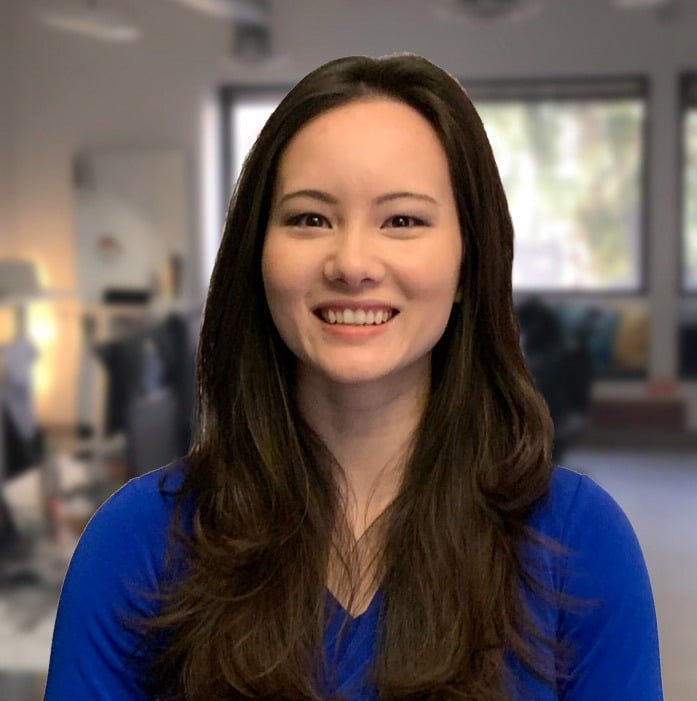For more, check out our full Coronavirus Resource Library at this link.
In the first part of our summer learning loss series, we examined the summer slide—the academic decline of up to two months that can occur over summer break—and looked at how the COVID-19 pandemic may exacerbate typical summer learning losses this year. Extended school closures heading into the summer months are likely to worsen the retention and engagement challenges that students already face.
Is it possible to bounce back from school closures?
There’s good news for families concerned about the effects of school closures. Past research has shown that the summer slide can be prevented—which means the COVID slide, though a more significant hurdle, is preventable as well.
The secret to combating summer learning loss is to treat the summer months as an opportunity to continue building academic skills. In fact, students’ access to and participation in out-of-school summer learning experiences even in their elementary years can affect their levels of academic achievement in high school and beyond. Consistently setting aside time for students to engage in math and reading can go a long way toward strengthening their academic gains over the summer.
How to catch up
When schools closed in the spring, the transition to remote instruction was a tough one, and student engagement and retention showed worrisome declines. Consequently, many students will likely benefit from a review of the material their classes covered during the last few months of the school year.
For every month of content a student needs to review, we recommend one week of studying, ideally involving 2 personalized review sessions with a tutor and 2-3 hours of individual review per week.
How to get ahead
The fall may be another tricky transition for students as well, whether schools reopen for in-person instruction or resume online instruction. Getting ahead now can help lessen some of the stress at the start of the school year.
To give yourself a head start on the content you’ll cover in the fall, we recommend one week of studying for every week you want to get ahead. For most students, this means 2 one-on-one review sessions with a tutor plus 2-3 hours of individual review per week.
What does this look like?
Here's an example of what a student's summer plan might look like. Let’s say you took Geometry last year and plan to take Algebra 2 this upcoming year. To cover the concepts you may not have mastered—or you missed entirely—from March through May, your first three weeks of review may look something like this:
- Week 1
- Surface area and volume of prisms and cylinders
- Surface area of pyramids, cones, and spheres
- Week 2
- Volume of pyramids, cones, and spheres
- Properties of circles
- Week 3
- Segments and angle measures of circles
- Circles in the coordinate plane
To get a head start on the first month of material you’ll be covering in the fall, you can spend a few more weeks learning the following:
- Week 4
- Equations and inequalities
- Absolute value
- Week 5
- Linear functions
- Graphing linear functions
- Week 6
- Systems of linear equations
- Systems of linear inequalities
- Week 7
- Matrices
- Quadratic functions
Need more individualized advice?
The recommendations above are general suggestions. If you have specific questions or you would like help developing a personalized plan, reach out to our experts here. We’re happy to help in any way we can.
About ArborBridge
ArborBridge is the global leader in innovative, digital, one-on-one tutoring. With nearly a decade of experience teaching students online, ArborBridge supports students of all kinds: home schoolers, AP students, test preppers, and more. Our tutors specialize in creating personalized plans and in providing compassionate support for students and families.







